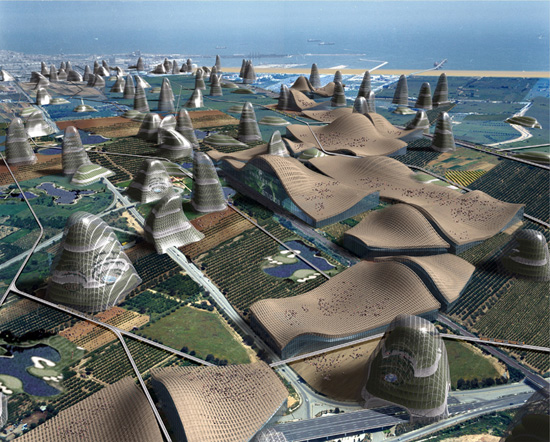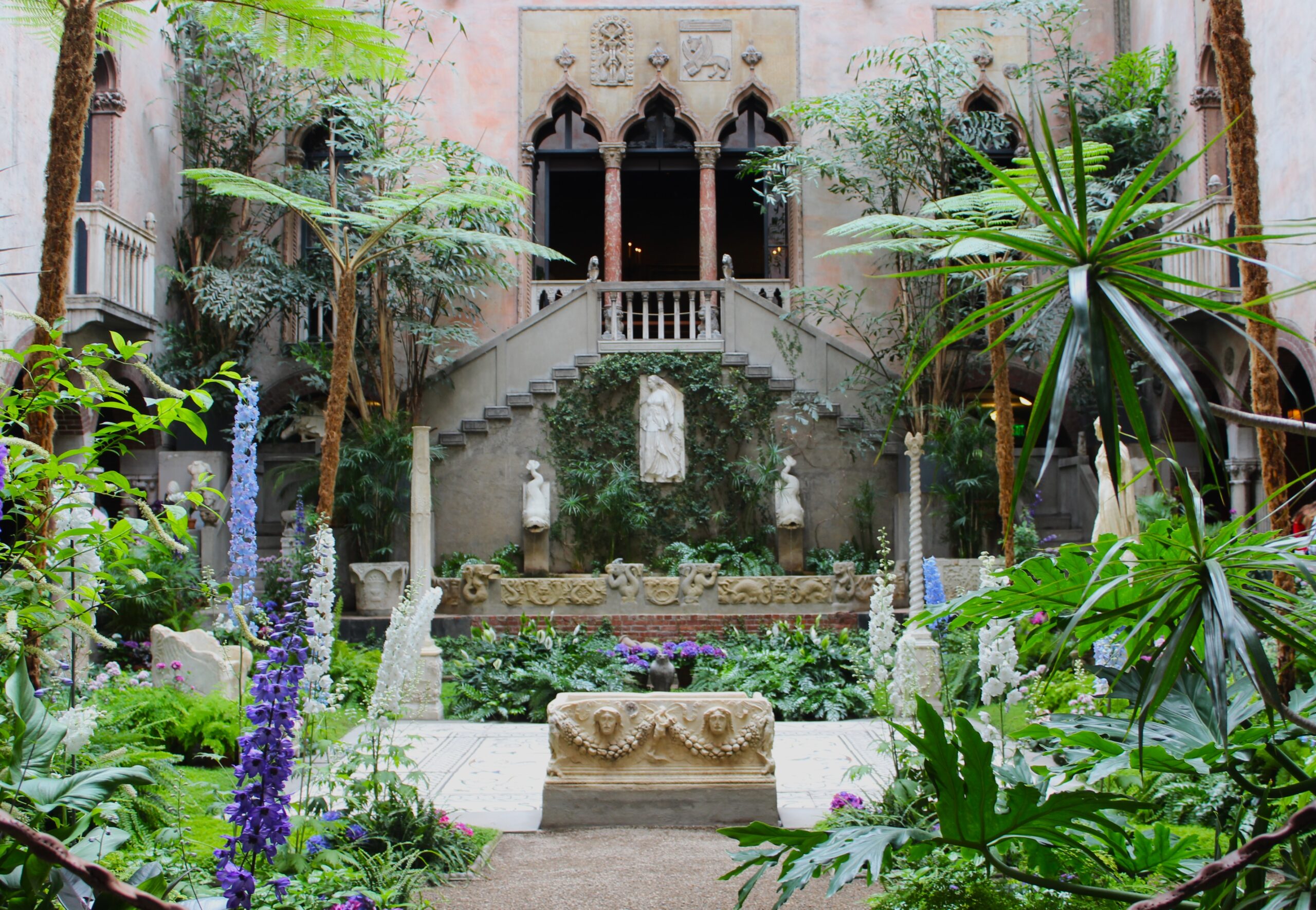Evolving the Canvas of Professionalism: A Landscape of Inspiration
Navigating the urban landscape from a bird’s-eye view, whether in the confines of a cramped airplane or through the lens of societal judgment, often leads us to evaluate a city’s worth based on its towering structures and expansive roadways. However, the true heartbeat of a city lies not in its skyline but in the dynamic spaces that sprawl beneath, shaping the human experience.
Cities, like living organisms, thrive or wither based on the vitality of their public spaces. Sidewalks, parks, plazas, and courtyards weave together to form a tapestry that defines the essence of a metropolis. This intricate network, when thoughtfully designed, becomes a catalyst for growth, fostering a connection between individuals and their surroundings. Conversely, neglect in this realm can sow the seeds of urban decay and social disconnection.
In the midst of Winnipeg’s recent urban resurgence, landscape architecture has emerged as a silent yet powerful force, reshaping the city’s narrative beyond the glinting facades of new buildings. Amid the headlines celebrating construction milestones, the transformative role of landscape architecture in enhancing the city’s health and overall quality of life often goes unnoticed.
On a grand scale, landscape design has become the driving force behind Winnipeg’s regional park system’s renaissance, with the $200-million redevelopment of Assiniboine Park standing out as a testament to this metamorphosis. The ongoing construction of the Journey to Churchill exhibit within the park heralds a global center for northern wildlife education and conservation, underlining the profound impact landscape architects can have on a city’s identity.
At the civic level, Winnipeg’s landscape design has been a catalyst for growth and community rejuvenation, as seen in the conversion of Waterfront Drive along the Red River. What was once an abandoned rail line has transformed into a vibrant network of parks and pathways, sparking residential development and economic revival in the Exchange District. Further west, the redevelopment of Central Park has not only revitalized a once crime-ridden space but has also become a communal focal point, uplifting the entire neighborhood.
The realm of landscape architecture extends beyond aesthetics; it is an integral part of a city’s design team, ensuring that buildings harmonize with the public realm, resonating with the human scale. Consider the urban plaza linking Manitoba Hydro Place to Graham Avenue, seamlessly transitioning from sleek glass walls to a sun-drenched public gathering place. As Winnipeg welcomes the towering Canadian Museum for Human Rights, the importance of integrated landscape design becomes apparent in preserving the pedestrian scale of The Forks site.
From neighborhood playgrounds to schoolyards, skate parks to wetlands, landscape architects leave an indelible mark on every facet of our city. As their influence grows, so does the imperative for the profession to regulate the skills and qualifications of its practitioners. The Manitoba Association of Landscape Architects is actively pursuing “name-act legislation” in collaboration with the provincial government, mirroring the regulatory frameworks of other design professions like architects, engineers, and planners.
In a profession where the canvas is composed of living things—ever-changing, growing, and transforming through the seasons—landscape architects bring a unique magic to our cities. They craft spaces that evolve over time, bringing people together, fostering social interaction, and deepening our connection to the environment. As guardians of our urban landscapes, landscape architects not only enhance the aesthetic appeal but also shape the very essence of our cities and, by extension, our lives.





